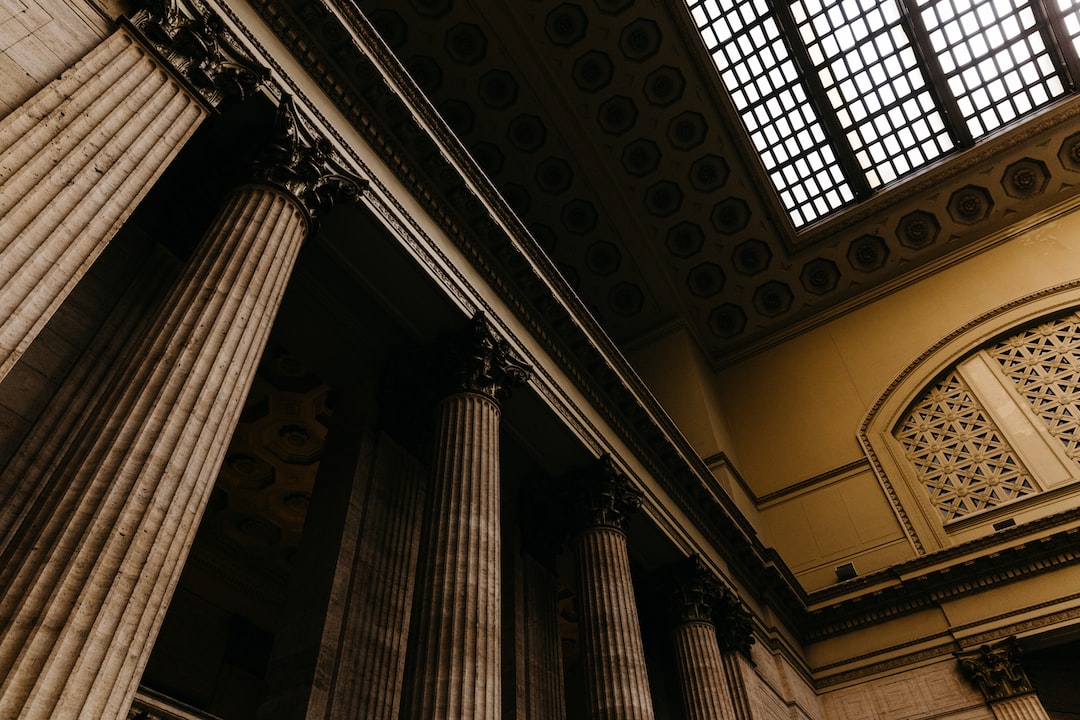Examining the History and Impact of Landmark Supreme Court Cases
The United States Supreme Court has played a critical role in shaping the nation’s laws and defining its values. Over the years, the Court has heard numerous cases that have had a profound impact on American society. These landmark Supreme Court cases have addressed crucial issues such as civil rights, equality, freedom of speech, and privacy, leaving a lasting legacy that continues to shape the country.
One of the most significant Supreme Court decisions in American history came in 1954 with Brown v. Board of Education. This case marked the end of legal segregation in public schools, ruling that separate facilities for black and white students were inherently unequal. Chief Justice Earl Warren’s opinion declared that the “separate but equal” doctrine was unconstitutional, effectively overturning the infamous Plessy v. Ferguson decision from 1896. Brown v. Board of Education paved the way for desegregation efforts across the country, symbolizing a crucial step in the civil rights movement.
Another landmark case, decided in 1973, was Roe v. Wade. This ruling established a woman’s constitutional right to have an abortion. The Court’s decision found that state laws prohibiting abortion violated a woman’s right to privacy. Roe v. Wade remains one of the most controversial decisions in Supreme Court history, sparking ongoing debates about the balance between a woman’s right to choose and the state’s interest in protecting potential life.
In recent years, the Court’s decisions have continued to shape American society. Obergefell v. Hodges in 2015 legalized same-sex marriage nationwide, recognizing the fundamental right for gay and lesbian couples to marry. This landmark decision was a significant milestone in the fight for LGBTQ+ rights, providing equal protection under the law and affirming the dignity and worth of all individuals, regardless of sexual orientation.
The impact of these and other landmark Supreme Court cases extends far beyond the legal realm. The Court’s decisions serve as guiding principles for societal change and influence public opinion, sparking debates about the values and principles that underpin the nation. As the highest court in the land, the Supreme Court’s rulings have a weight and authority that shape the fabric of American society.
However, it is important to recognize that Supreme Court decisions are not immune to controversy and criticism. While some landmark cases are widely celebrated as progress for justice and equality, others face ongoing challenges and debates. Dred Scott v. Sandford, for example, decided in 1857, led to widespread condemnation as it declared that African Americans had no rights that white men were bound to respect. This decision fueled tensions that helped ignite the Civil War, illustrating that the Court is not infallible and can be influenced by the broader social and political context.
In conclusion, examining the history and impact of landmark Supreme Court cases provides invaluable insights into the development of American jurisprudence and its impact on society. From Brown v. Board of Education to Roe v. Wade and Obergefell v. Hodges, each ruling has shaped the nation’s legal landscape and contributed to broader social progress. These landmark cases represent moments of profound change that have helped transform American society and set the course for a more inclusive and equitable future. As new issues arise, the Supreme Court will undoubtedly continue to play a pivotal role in shaping the country’s legal landscape for years to come.
